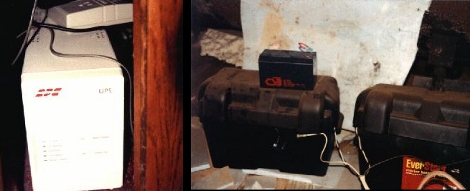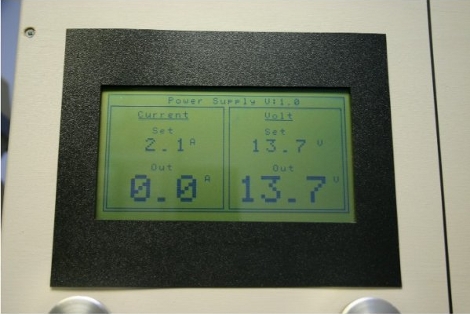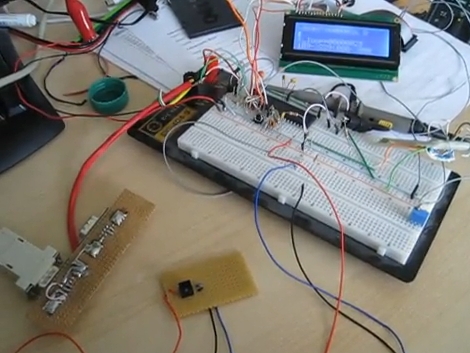
In 1997 [Michael Butkus Jr.] found an uninterruptible power supply in the dumpster. The batteries were shot, but he needed a backup to keep his pellet stove running for heat, drive the exhaust fan to keep the smoke out of the house, and power his computer and other electronics. After a bit of head scratching he decided to beef up the UPS using deep-cycle batteries.
He actually built two of these. One is smaller, and similar to what we’ve seen before. The other is larger and uses four batteries, two pairs in parallel which are then connected in series. He’s careful to use heavy gauge wiring and 50 amp fuses for each battery, both of which will protect against the risk of fire. One thing we found interesting is that the batteries are stored in the basement, directly below the UPS which is connected via a short run of 12 gauge home electrical wire.
We were happy to see that he’s done updates at the top of his post over the years. He lost a few batteries due to neglectfully letting the water levels drop too much. He did switch over to sealed automotive batteries sometime in 2004 or 2005. Looks like things have been going strong ever since.
[Thanks Spencer]
















